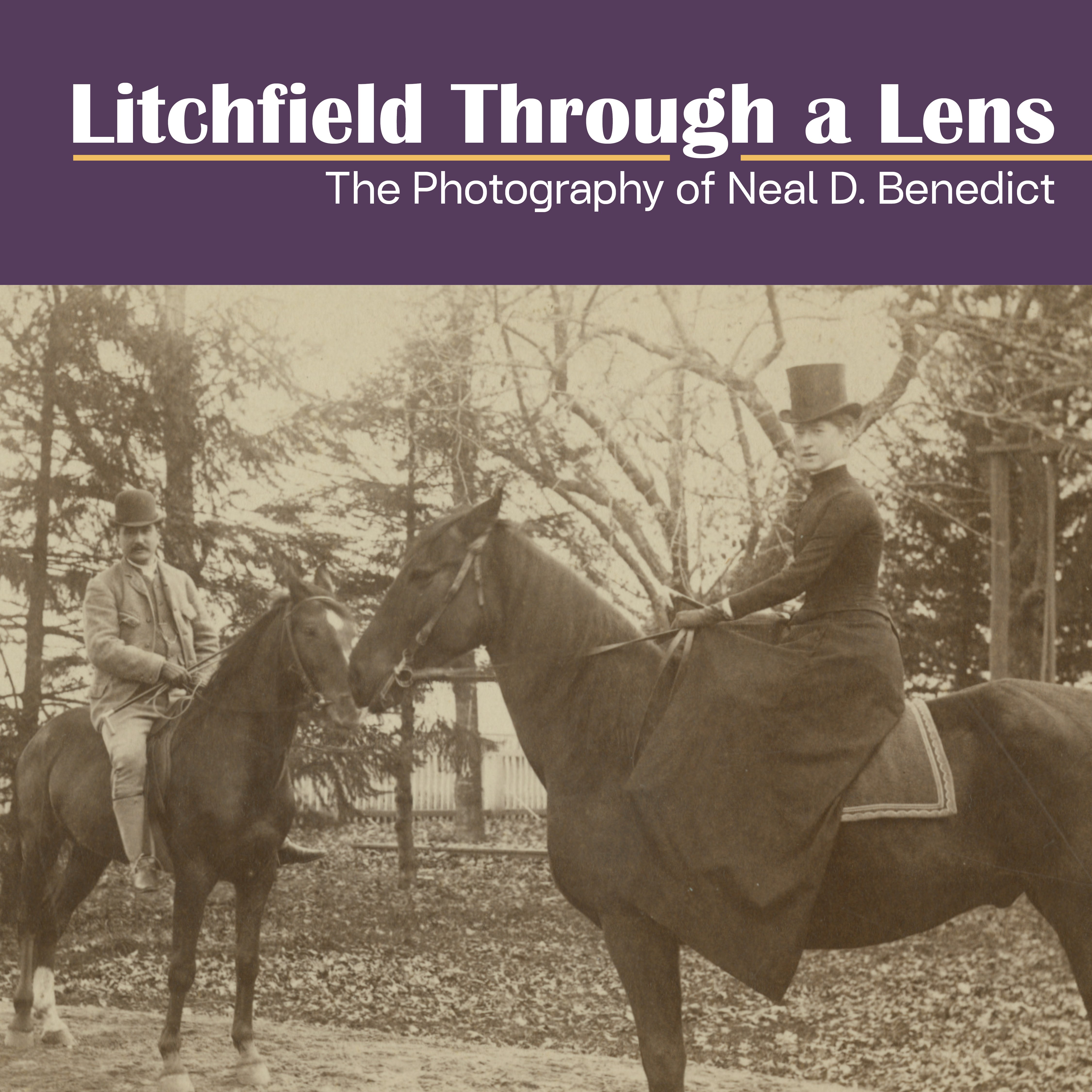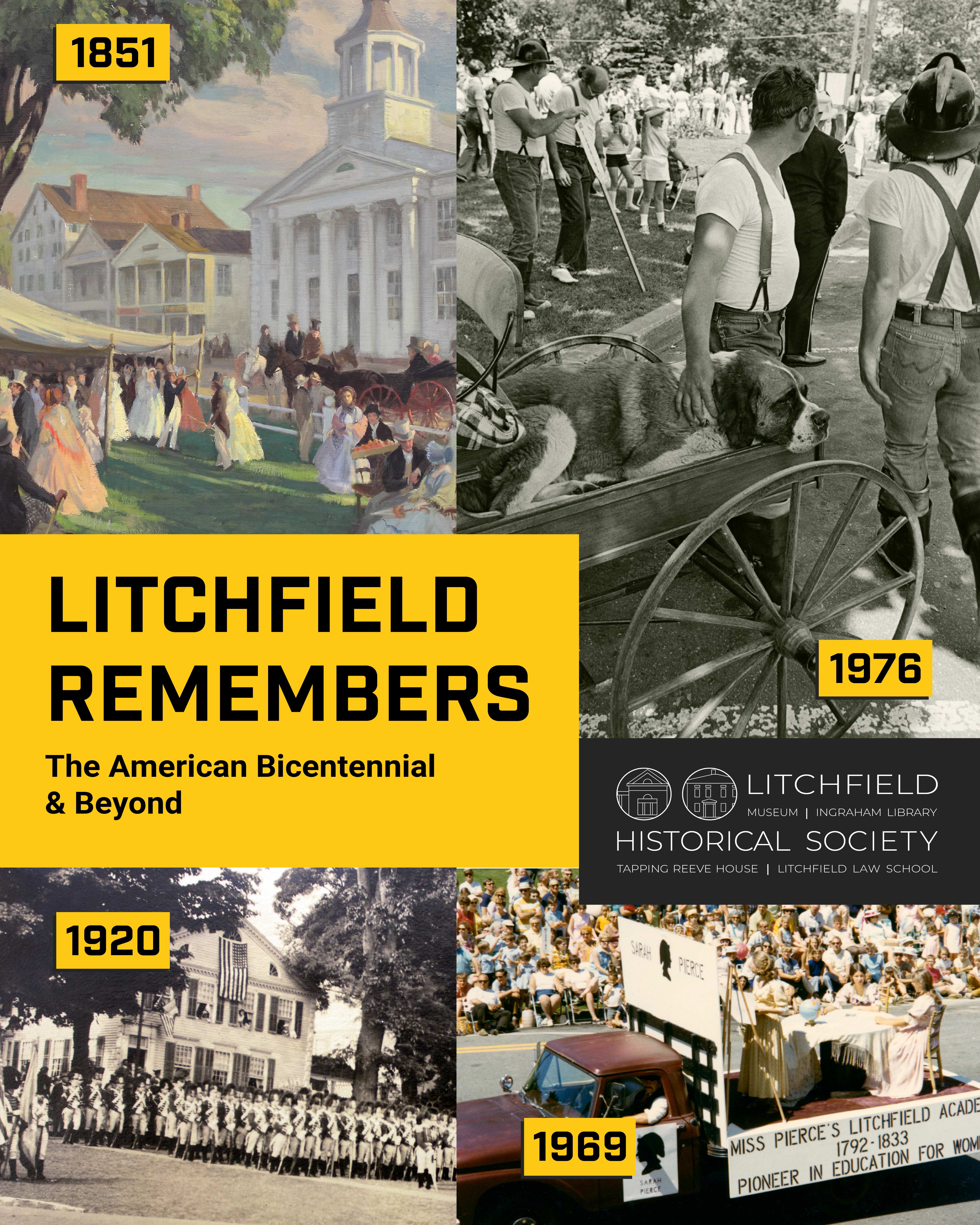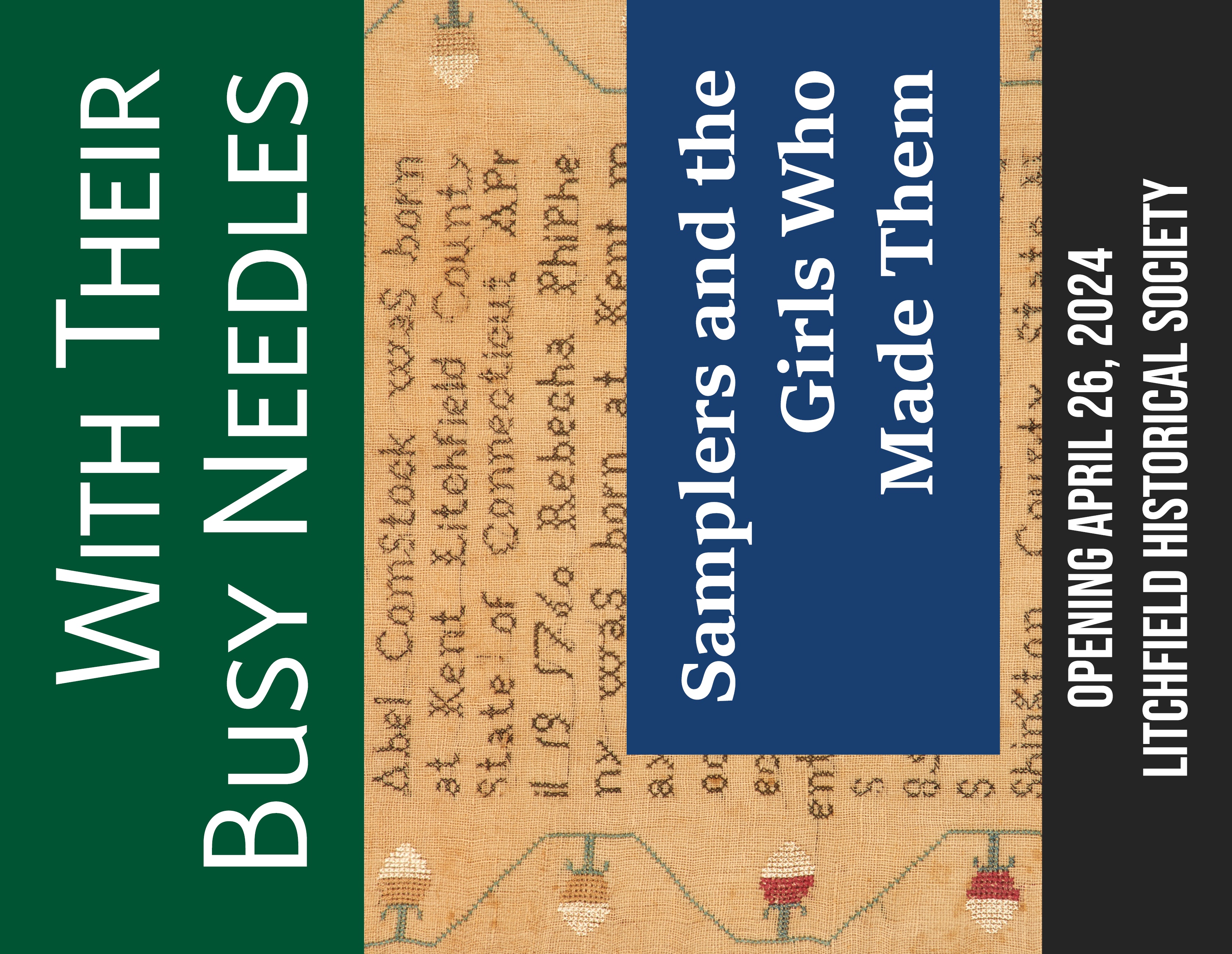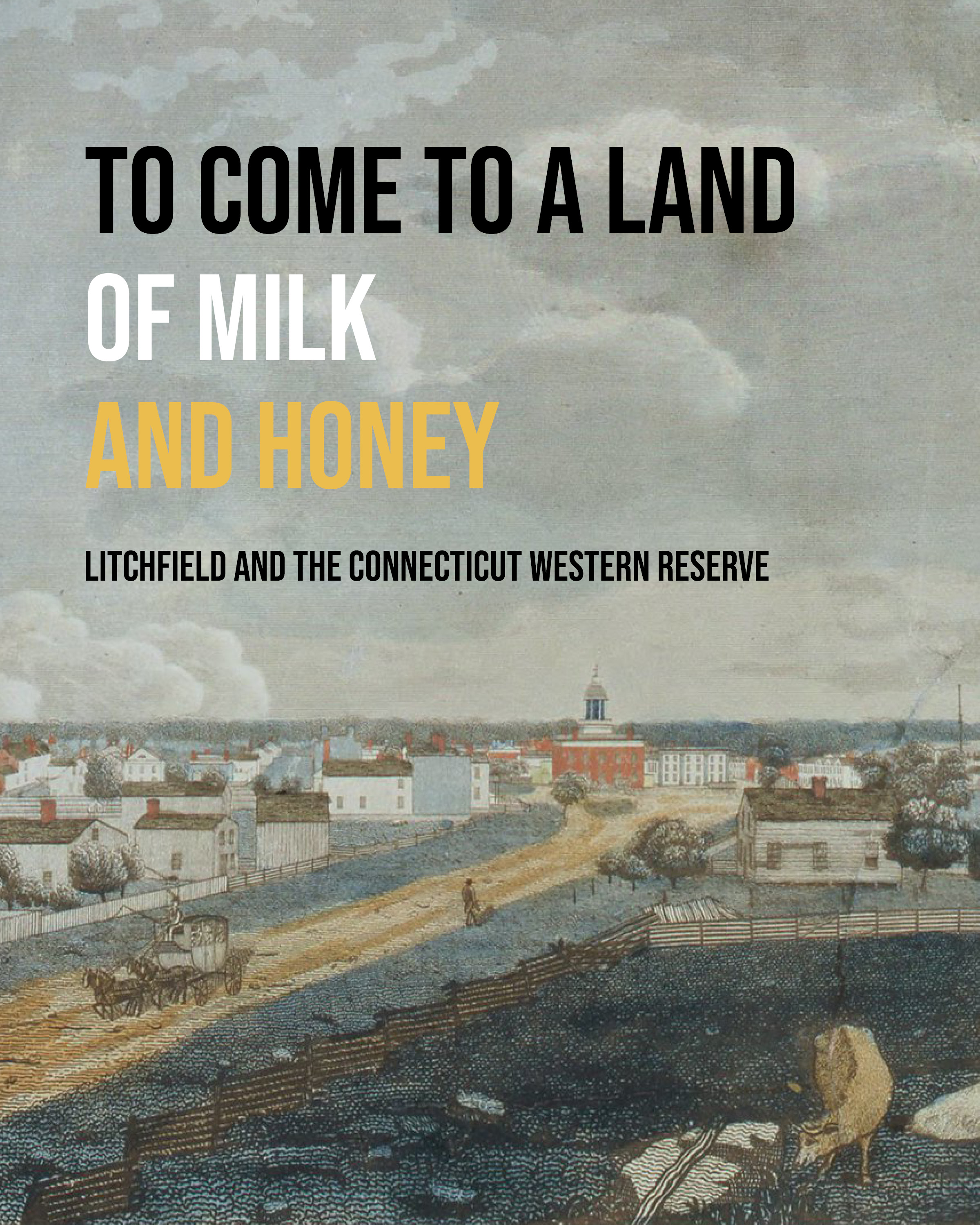Now On Display

How does the world change when framed by the lens of a camera? Photography encourages an appreciation for composition, perspective, light and shadow, and details that otherwise go unseen. The right photograph can transport you. It can stir emotion and spark memories. It may spur you to imagine the brightness of fresh snow on the landscape, the smell of smoke and smoldering ash, or the sounds of a local fishing hole on a sunny morning. Photos also capture moments in time, preserving them for the future.
Neal D. Benedict (active 1885 to 1898) ran a photography studio in Litchfield during a period of intense change in the town’s appearance. He and Litchfield’s other photographers – professionals and hobbyists – created a record of the people, places, and events that shaped our community. Litchfield Through a Lens encourages you to consider what has changed in our town, what is currently changing, and what you capture in your own photographs.
On display April 19 – November 30, 2025

“Litchfield Remembers: The American Bicentennial & Beyond” explores Litchfield’s long legacy of celebrations, anniversaries and memorials. See painting, flyers and photographs from some of town’s biggest community commemorations: from the 1851 Litchfield County Centennial, to the 2019 Litchfield at 300 Celebration, and even early plans of the 2026 American Semiquincentennial.
On display April 19 – November 30, 2025
Previous Exhibits

Samplers are more than thread stitched through cloth. As objects of art, samplers tell stories of creativity, instruction, and skilled work. As historical records, they document the lives and experiences of thousands of young women, histories that might otherwise remain unknown.
With Their Busy Needles showcases works from the sampler collection of Alexandra Peters, displayed alongside Litchfield examples from the Historical Society’s textile collection. Peters, a sampler historian and collector, serves as guest curator of the exhibit.
On display April 26 through December 1, 2024
Exhibit Catalogues available in the Museum Gift Shop or online here.

Imagine taking Connecticut’s northern and southern borders and extending them west to the Pacific Ocean. Under the terms of a royal charter given to the colony in1662, Connecticut was to stretch from the “Narraganset-Bay on the East, to the South Sea on the West Part.” Following the model of other states, Connecticut gave most of its claimed land over to the federal government in 1786, but it “reserved” a territory in the northeast of present-day Ohio for its continued use and settlement. This became the Connecticut Western Reserve.
To Come to a Land of Milk and Honey: Litchfield and the Connecticut Western Reserve tells the story of the Reserve’s lasting legacy and the experiences of the men, women, and children affected by westward migration.
On display April 26 through December 1, 2024
